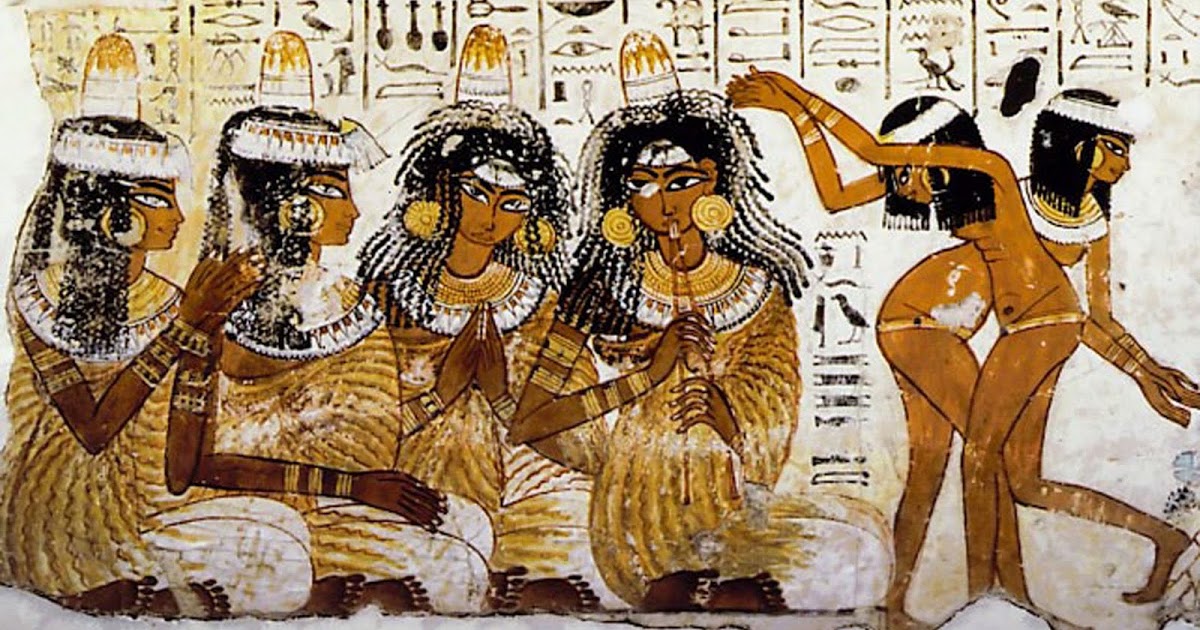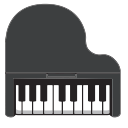Music of Ancient Egypt
Sphinxes and pyramids – this is the first thing that everyone usually remembers when it comes to ancient Egypt. Meanwhile, in the heyday of this largest civilization of the ancient world, poetry and music were no less popular forms of art than architecture and sculpture. There is every reason to believe that in these areas the Egyptians have reached the tops under the tops of their pyramids.
So it turns out that Pushkin, who wrote under the impression of the ode of the Roman poet Horace, the famous prophetic poems “I erected a monument to myself not made by hands …” was a much older predecessor. In the XIII century BC. E. An unknown Egyptian scribe brought out on a scroll of papyrus lines born perhaps several centuries before him and anticipating the thoughts of Horace and Pushkin:
Tens of centuries that have passed since the existence of ancient Egypt, in their own way, illuminated the achievements of art of that distant era. We can today admire the monuments of the Egyptian architecture. According to the surviving drawings and sculptures, they are aware of their fine arts. The situation with ancient Egyptian music is more complicated, the history has not preserved its samples. And we, perhaps, would have known nothing about it, had it not been for the works of other arts that had reached us. The wall images in the tombs, invaluable lines of literary works help us to present many interesting details of the musical life of Ancient Egypt, to recreate the pictures of the musical life of this country.

For a long, wide table covered with a variety of treats, all gathered – and the owner of the house, and its numerous visitors strip dance lessons. However, nobody touches food. But on the owner’s sign in the spacious hall one by one the musicians enter and line up around the table. There are about a hundred of them. There is another sign, and the room is announced by the sounds of music. The meal begins.
Such a scene could be observed in Ancient Egypt in the house of a wealthy nobleman.
Something similar we see on the beautifully preserved fresco of the tomb in El Marne. Before us opens a picture, which shows both the pharaoh and his entourage. It amazes with a lot of depicted musical instruments, among which almost the most honorable place is occupied by the beloved harps of Egyptians.
For the first time, the hieroglyph denoting the word “harpist” is found in the burial belonging to the 4th dynasty of the Ancient Kingdom. The harps themselves, depicted in the drawings of this period, still almost do not differ from a simple bow. Absolutely different instrument became during the 12th dynasty. On one of the frescoes created in this period, captures a scene: a mother breast feeding a baby, listening standing next to the singer’s lap, who accompanied Harper Forex. His instrument already resembles a modern harp. But truly “royal” this instrument became during the reign of the founder of the 20th dynasty of Ramses III. The harp begins to be trimmed with fine carvings, gold, tortoiseshell. The foot of the instrument is decorated with symbolic figures of sphinxes, beasts, heads of gods and goddesses.
Of course, there were other diverse instruments in ancient Egypt. We specifically stopped in such detail precisely on the harp, because in the history of this instrument you can see the reflection of the most important pages of ancient Egyptian history.
An interesting testimony in this regard is a document relating to the largest event of the New Kingdom period – the uprising of peasants and slaves (around 1570 BC). “Anyone who did not even know the reed flute,” writes an eyewitness “has now become the owner of the harp. He who first sang not for himself, now praises the goddess Mert. The last phrase, perhaps, will become more understandable if we recall that Egypt was the first country where the estates of professional musicians (who sang not for themselves) existed and were highly esteemed.
It is also easy to conclude that before the uprising, the occupation of musical art was available, except for professionals, only to grandees and priests. After the uprising, apparently, there was a broad democratization of musical art. Playing the harp ceases to be the privilege of those in power.
The character of the depicted music scenes also changes. On the frescoes dating back to that time, dance episodes are increasingly appearing now. And in the movements of the dancers, great dynamics and freedom are guessed. Another – apparently more emotional, expressive, rhythmically complex – is music.
The rhythmic beginning of this new music is emphasized, and the appearance on these images of new musical instruments, mainly wind instruments and percussion instruments. There are also different types of drums, and so popular among Egyptians are sisters, to the accompaniment of which poems were often performed.
However, for accompaniment used any instrumental music. Accompanied by harps, flutes, tympanum, lute, hymns and songs were sung, verses and dances were performed. So it was in ancient Egypt and everywhere in the ancient world: the accompaniment was considered the most important purpose of music.
It was not without the participation of musicians and in the performance of rituals in honor of the most revered gods. Especially lush musical decoration accompanied the cult of Osiris, personified the dying and resurrecting vegetation.
No less interesting musical traditions existed in other countries of the ancient world.
